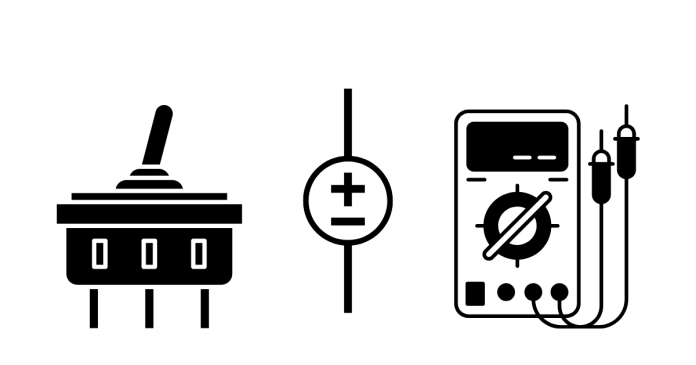Summary Table:
| Type | Description | Applications |
|---|---|---|
| Separately Excited | External power source for field winding. | Laboratories, precise control setups. |
| Shunt-Wound | Field in parallel with armature. | Fans, blowers, etc. |
| Series-Wound | Field in series with armature. | Cranes, elevators, locomotives. |
| Compound-Wound | Combination of series and shunt windings. | Rolling mills, press machines. |
| Cumulative Compound | Series and shunt assist each other. | Voltage-regulated loads. |
| Differential Compound | Series and shunt oppose each other. | Specialized industrial setups. |
A D.C. machine is an electrical machine that converts mechanical energy into direct current (D.C.) electrical energy (generator) or vice versa (motor). The classification of D.C. machines depends on their construction and function.
Types of D.C. Machines:
1. Based on Functionality:
- D.C. Generator: Converts mechanical energy into electrical energy.
- D.C. Motor: Converts electrical energy into mechanical energy.
2. Based on Excitation (Field Winding Connection):
D.C. machines are further classified based on how the field winding is connected to the armature:
(A) Separately Excited D.C. Machines
- The field winding is supplied with an external, independent D.C. source.
- The field and armature circuits are electrically independent.
- Commonly used where precise control of field current is required, such as in laboratories or testing setups.
(B) Self-Excited D.C. Machines
- The field winding is powered by the machine’s own armature current.
- Further divided into three types:
- Shunt-Wound D.C. Machine:
- The field winding is connected in parallel (shunt) with the armature.
- Characteristics: Constant speed, suitable for steady load conditions.
- Applications: Battery charging, fan motors, etc.
- Series-Wound D.C. Machine:
- The field winding is connected in series with the armature winding.
- Characteristics: High starting torque, speed varies with load.
- Applications: Cranes, elevators, electric locomotives, etc.
- Compound-Wound D.C. Machine:
- Combines features of both shunt and series windings.
- Further divided into:
- Cumulatively Compound-Wound: Shunt and series fields assist each other.
- Differentially Compound-Wound: Shunt and series fields oppose each other.
- Characteristics: Good voltage regulation (cumulative), specialized applications (differential).
- Applications: Rolling mills, press machines, etc.
3. Based on Construction:
- Laminated D.C. Machines: Designed with laminated cores to minimize eddy current losses.
- Non-Laminated D.C. Machines: Used in applications where efficiency is less critical.
4. Based on Armature Type:
- Slotted Armature: Armature with slots to hold windings. Common in large machines.
- Smooth-Core Armature: No slots; used in small or specialized applications.
Applications:
- Generators: Power generation for electrical grids or backup systems.
- Motors: Industrial applications requiring precise speed and torque control, such as in conveyors, tools, and automotive systems.



